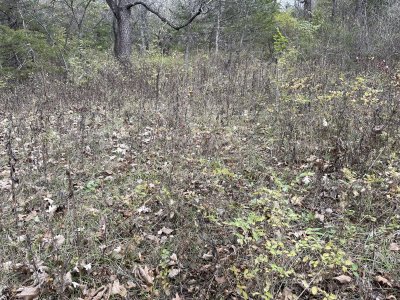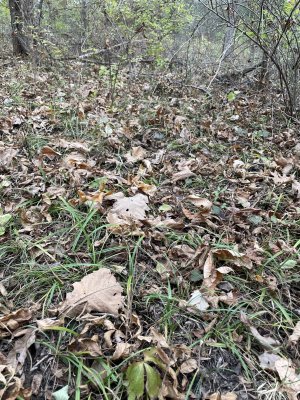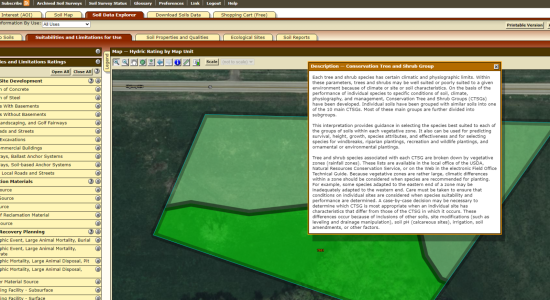Turkey Creek
5 year old buck +
Here is a picture of the ground in my timbered areas. Pretty much closed canopy in most areas. I walked part of it today and marked the trees I want to definitely keep, mostly mature oaks. There are not alot of oaks, probably only a couple dozen trees in a 15 acre area. Anyways I am going to create some bedding areas this Winter, going to girdle some trees and drop some junk trees to thicken up some pockets. In those areas where the sunlight is going to drastically increase what would you do? I can experiment a little so something may work better than others. Right now I see very little evidence of broadleaf forbs of any type. Understory is some Greenbriar, Bush Honeysuckle, and Buckbrush. I will start working on killing out the Bush Honeysuckle before long. Would you just open up the canopy and see what happens? Spray and kill off all the grass that currently exists, burn those small areas and then overseed with some kind of forb mix? Spray and kill off the grass and then lightly disturb the soil where I can? I just dont know if there is much native forb seed bank that is dormant in this area.






